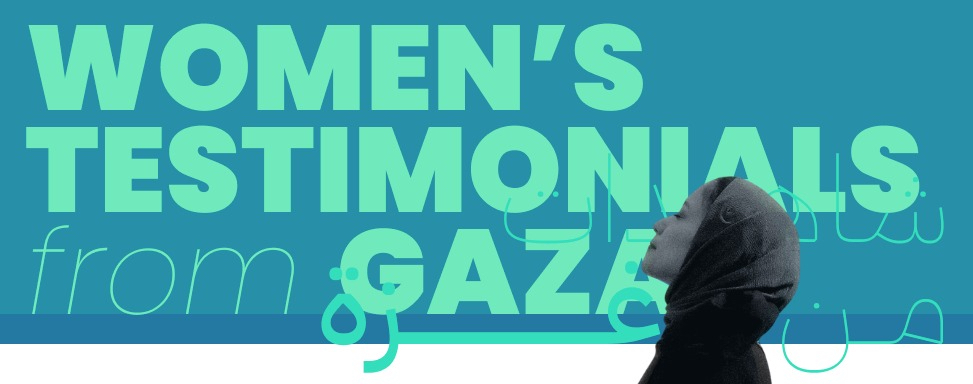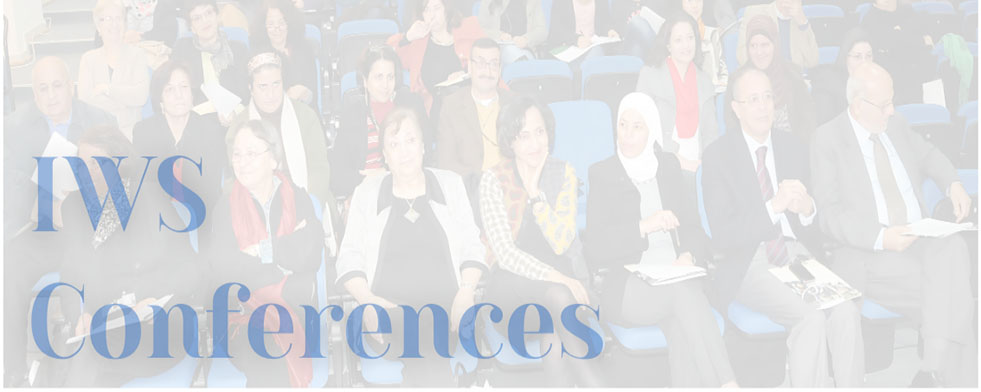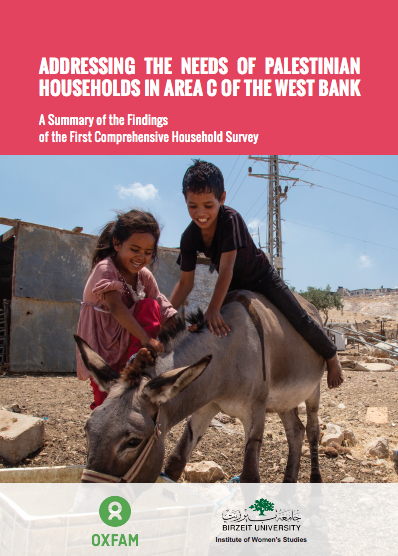The roles of the Rural Palestinian Women from the Economic and Cultural Dimensions (Al-Birwa Village as a Model) pdf
Year: 2005
Author: Lena Meari
Supervisor: Rema Hammami
Discussion Committee: Islah Jad & Abdul-Rahim Al-Shaikh
Abstract
This study is an attempt for contributing to the writing on the social history of the rural Palestinian women. The study is launched from the hypothesis stating the historical writing on this social sector, which is characterized of marginalization on one hand, and on the other hand of generalization and stereotyping, disregards a very significant and dynamic aspect of the Palestinian social history.
The study manifests that researches commence from the perception and appreciation of women's roles and activities, focus on the details of their lives, and giving them the chance to present their narrations in addition to the men's narratives about the women's roles and their value in the different eras, such researches will show considerably this sector's contributions in the household economy and its survival strategies. The study, moreover, reveals the dynamic life of the Palestinian peasants in general and the diversity of women's roles which affected by their social background, the family size and the number of the family members.
This study affirms that men and women's activities in Al-Birwa village are characterized of great flexibility away from the labor division and the rigid dualities, moreover, the values associated with their roles are contradicting, since on one hand, there is high appreciation of women's roles and contributions that is reflected on their free movement, even though not absolutely, and their involvement in some of the political events such as 1936 revolution. On the other hand, these values did not affect their property and ownership of the sources and their participation in the general political arena, such as Diwans and Al-Mukhtar positions.
The study also reveals the magnitude of the roles attained by women during Al-Nakba and displacement era and their contribution to the family survival during the following period. It also states the consequent changes and alterations that took place on the women's productive roles in Al-Birwa, which was not one-direction. Some women who were not responsible of any productive roles in the village due to their household good financial status, were forced later to work post Al-Nakba, others lost their productive roles due to the deprivation and confiscation of their lands while others kept on working in peasantry and other available jobs.
Moreover, the Israeli occupation authorities provided women job opportunities in the Jewish farms, not in companies and factories that were restricted to men only that led to labor division. Regarding the Education aspect, women were accorded the opportunity to learn since the schools were available in the village, but women education faced many obstacles, among which were: parents' fear of losing control over their educated daughters, the absence of advanced schools in the village, and the non-binding implementation of the obligatory education system. The availability of the education opportunities consorted with women and men's exposure to new techniques of control introduced by the occupation government via curriculum that aimed at reinforcing the Israelis' dominance and control over the Palestinians in general. Consequently, the study shows that modernism impact associated with colonialism, especially in Palestine, was demonstrated in different dimensions and that modernism does not necessarily lead to women freedom and their absolute liberation.
Download



